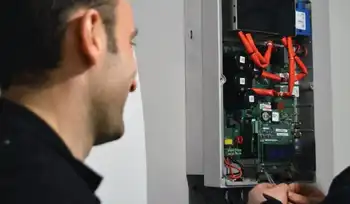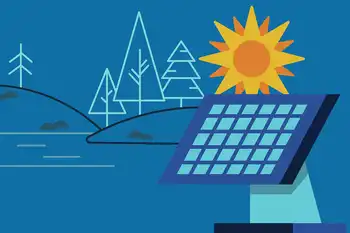Large transformers installed to help improve summer grid reliability
TOLEDO, Ohio -- - Toledo Edison is in the final stages of testing new equipment installed at two large substations that will help enhance service reliability in the area and support the expected increase in demand for electricity during the summer months.
The massive 345-kilovolt transformers have been installed at Toledo Edison substations near Sylvania and Oregon and were turned on for service at the beginning of June. Work to install these new devices began in January of 2013 and represents about a $15 million investment in service reliability.
"These new transformers will have a direct impact in making service for our customers more reliable," said Linda Moss, regional president of Toledo Edison. "This equipment will provide additional support for our transmission system as we enter peak demand time during the summer."
Additionally, a significant multi-year project at another substation has been completed, and a new 59-mile transmission line has been energized between substations in the area. This project enhances the flexibility of the grid, allowing power to be routed around areas where storm or other damage might occur, which will help reduce the length of outages and decrease the impact on the system of severe weather events.
Toledo Edison is a subsidiary of FirstEnergy Corp. Another FirstEnergy subsidiary, American Transmission Systems Incorporated, will own and operate the new equipment.
In addition to the new transformers, additional system work to prepare for summer demand includes aerial inspections of more than 1,000 miles of FirstEnergy transmission lines in Toledo Edison's service area. The inspections are designed to look for damaged wire, broken cross arms, failed insulators, and other hardware problems not easily detected from the ground. Any potential reliability issues identified during these inspections will be addressed promptly.
On the ground, the summer readiness inspections include using "thermovision" cameras to capture infrared images that can detect potential problems with Toledo Edison substation equipment such as transformers and capacitors. By identifying hot spots, maintenance and repairs can be conducted prior to a power outage occurring.
Other utility work being done by Toledo Edison crews includes inspecting distribution circuits, including transformers, capacitors, reclosers and lightning arrestors to ensure the equipment is operational and the lines are ready to perform efficiently when demand for electricity increases during the summer, typically due to air conditioning usage.
Tree trimming is another key to preparing the Toledo Edison system to meet the rigors of summer operations by maintaining proper clearances around electrical systems and helping to protect against tree-related outages. Toledo Edison tree contractors have trimmed more than 500 circuit miles of distribution lines since January and expect to trim another 800 miles by year end.
Toledo Edison serves more than 300,000 customers in northwest Ohio.
Related News

Carbon capture: How can we remove CO2 from the atmosphere?
BERLIN - The world is, on average, 1.1 degrees Celsius warmer today than it was in 1850. If this trend continues, our planet will be 2 – 3 degrees hotter by the end of this century, according to the Intergovernmental Panel on Climate Change (IPCC).
The main reason for this temperature rise is higher levels of atmospheric carbon dioxide, which cause the atmosphere to trap heat radiating from the Earth into space. Since 1850, the proportion of CO2 in the air has increased from 0.029% to 0.041% (288 ppm to 414 ppm).
This is directly related to the burning of coal, oil…




